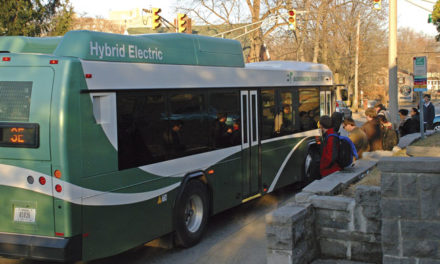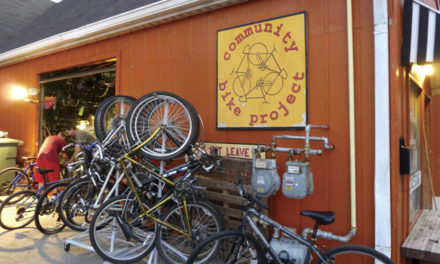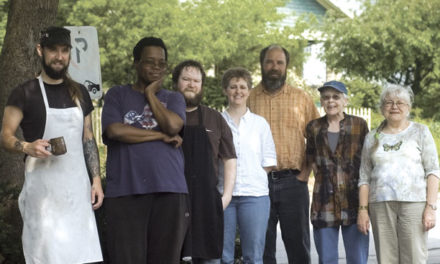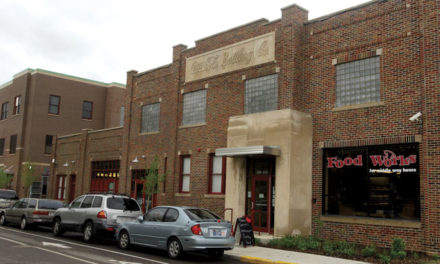
Author, photographer, and naturalist Steven Higgs. Photo by Jaime Sweany
BY JULIE GRAY
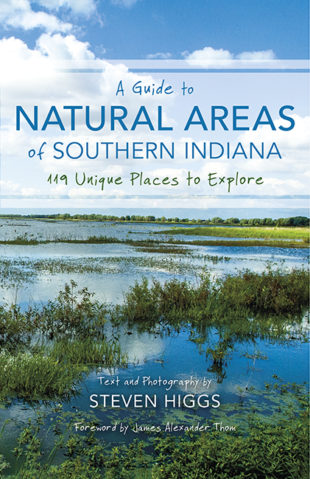
The cover of A Guide to Natural Area of Southern Indiana from Indiana University Press. Courtesy image
“A true measure of civilization is what it leaves unspoiled,” observes noted frontier-fiction writer James Alexander Thom in his introduction to A Guide to Natural Areas of Southern Indiana. And thumbing through the guide, recently published by Indiana University Press, you’d have to conclude that southern Indiana is indeed a civilized place. Subtitled 119 Unique Places to Explore, the guide describes the wonders of the region’s remaining unspoiled areas, from vast expanses such as the 200,000-acre Hoosier National Forest to tiny patches like the 60-acre Tank Spring Nature Preserve in Martin County. Writer and environmentalist Steven Higgs tells curious explorers how to find these oases and what to look for and do once they have.
The founder of the eco-tourism company Natural Bloomington, Higgs is a well-regarded journalist, and his environmental reporting for newspapers, magazines, websites, and blogs has garnered many awards over the last 40 years. He’s also an adjunct instructor at The Media School at Indiana University.
Higgs spent 18 months researching and writing the guide. He estimates he logged 4,500 miles on the road and took about 3,500 photos. His exhaustive guide contains not only entries for each area, but also a chapter describing the region’s land stewards, both public and private, from the U.S. Forest Service to the Indiana Department of Natural Resources to the Audubon Society. A middle section describes the natural and geological history of the landscape.
The author says his greatest discovery was the Twin Swamps Nature Preserve, in Posey County, near the confluence of the Ohio and Wabash rivers. “I went ‘wow.’ It took my breath away,” Higgs says, conceding that it was winter when he visited. In the heat of summer, a muggy, buggy swamp might be less appealing. But the surreal sight of stubby bald cypress trunks and birds, including herons and warblers, would be consolation. Pressed to pick a favorite, Higgs says it would have to be the Charles C. Deam Wilderness Area in the Hoosier National Forest. “It’s a green jewel, the closest thing we have to a living lab of nature surviving on its own,” he says.



